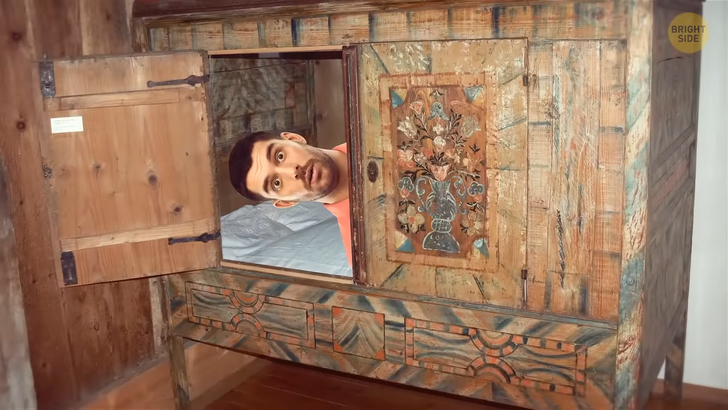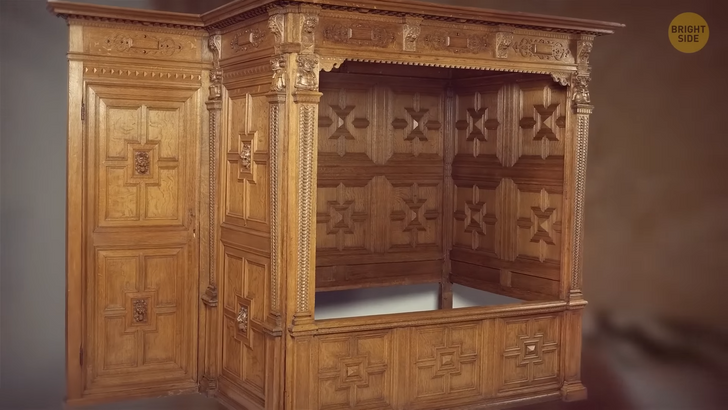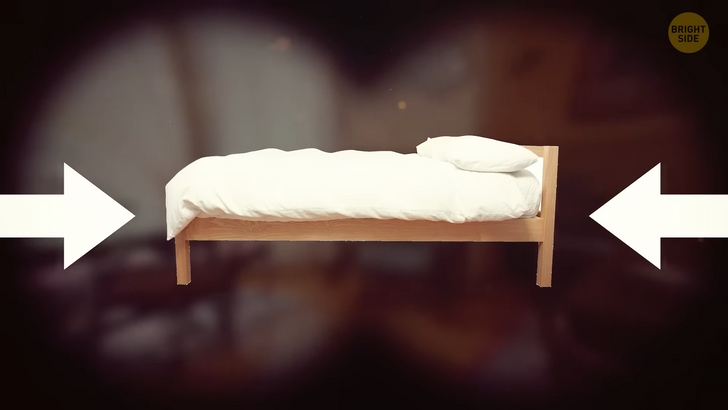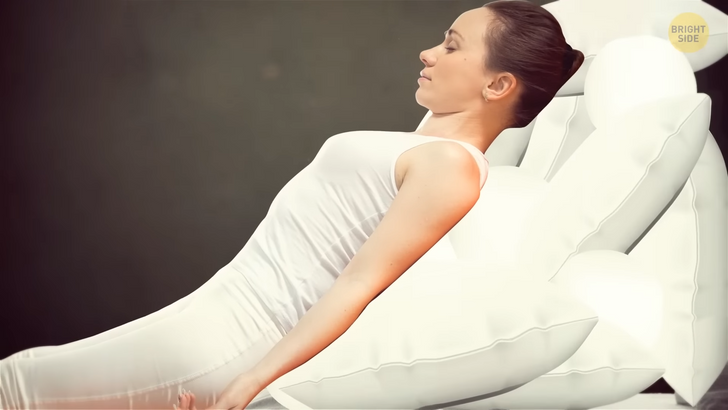10 Parents Who Take Boundaries and Smash Them Into Dust

Okay, the next time you feel like complaining that your bed isn’t comfortable enough and the room is way too small, just think of those people who had to sleep in boxes. Until the early 19th century, that was a common thing in Europe. And no, it wasn’t just the way the poorest people lived — even the nobility had to resort to this unusual sleep situation. The houses back then used to be much smaller, with one or two rooms. The bigger room would serve as both a bedroom and a living room, and everyone living or visiting the house would sleep there. Even in larger houses and palaces, servants would often share the rooms with their bosses. So, people were happy to get any privacy they could. One possible option was a curtain around the bed, but that wasn’t enough in some cases. And that’s how the box-bed tradition was born.

This unusual piece of furniture, which looked like a large cabinet, originated in the Brittany region of France. Some box beds were standing free; others were built into some niches in the house. It featured either a curtain or a door for privacy and was good at trapping the occupant’s body heat. That’s why it was a perfect solution for cold winter nights. The beds possibly also protected their inhabitants from wild animals that could get inside the house. It was popular to decorate the box with many carved details. Many box beds had compartments that allowed them to double as a wardrobe or dresser. They often had an external seat that people could use during the day. There was also the double-decker option for more than one sleeper. In some places, box beds had bolts to fix the door or locks on the outside to store valuables inside while the owner was out at work during the day.
At some point, box beds became so fashionable that people would get them even if they had enough space and privacy in the house. There were different varieties, including the secret ones looking like wardrobes or hidden behind rows of bookshelves and drawers. Then, people realized that box beds weren’t the best solution in terms of hygiene, and they fell out of fashion in the early 19th century. Now that space is becoming more and more limited in large cities like New York or Tokyo, box beds don’t seem like such a terrible idea, and designers are rethinking this piece of furniture from the past.

If you need at least 8 hours of sleep to feel great the next day, you wouldn’t have a great time in preindustrial Europe. Many letters, diaries, philosophical writings, newspaper articles, and plays tell us that sleeping in shifts was a common practice there. According to Dr. Arthur Roger Ekirch, this was a worldwide habit for centuries until it lost its popularity in the late 17th century. He found mentions of this habit in different sources from Europe, Africa, South and Southeast Asia, Australia, South America, and the Middle East. The first record of biphasic sleep is from the Greek epic The Odyssey.
Around 9 to 11 PM, families would go to bed for a couple of hours. Most of them rested on mattresses stuffed with straw or rags. The wealthier people had mattresses with feathers inside. Then, they would wake up for an hour or two. This period was known as “the watch.” There were no alarms yet, so the wake-up would be natural. People used this time to finish what they hadn’t done during the day, like sewing, chopping wood, reading, or just relaxing and thinking of the future. They did all that in the moonlight, under an oil lamp or candles made of waxed stems of rushes. Peasants dedicated “the watch” to more serious tasks like patching cloth, combing wool, or checking on farm animals.

Then, everyone would head back to sleep to wake up at dawn. Some people, like Leonardo da Vinci and Nikola Tesla, for example, took that interrupted sleeping method to the extremes. They practiced the so-called polyphasic sleeping, hitting the pillow more than three times a day. Da Vinci didn’t want to waste his priceless life on something as routine as sleeping, so he would sleep 15 minutes out of every four hours, which summed up to only 1.5 hours of sleep per day. This way, he was able to win six extra hours to do something more productive every day. The genius lived for 67 years, getting 20 extra years of productivity compared to other people.
Nikola Tesla, who brought electricity into our lives, was so passionate about science that he didn’t want to part with it for those long 8 hours every night. It looks like he never slept for more than 2 hours a day and once spent 84 hours working in his lab without any rest.

He explained that the thrill that science gave him made him forget about basic things like food or sleep and even family and friends. And before you try this cool sleeping schedule yourself, remember that you do need more sleep in your life than 1.5 hours per day if you want to feel energized and help your brain function normally. A bed used to be the first big furniture investment for families as it cost around a quarter of everything they had. So, families would share it, and friends and servants would often join them. There was a whole set of rules, including the preferred sleeping positions and an arrangement by age.
Those lucky ones who got to travel would share the bed with total strangers or their travel companions. As John Adams wrote down in his diary, he once shared a bed with Benjamin Franklin. The two were traveling from Philadelphia to Staten Island on a peacekeeping mission in September 1776. Once they were passing through New Jersey, they decided to stop somewhere overnight. There were only two rooms available for three men, so Adams and Franklin had to share a room that was a little larger than the bed. Adams wanted to close the window to keep the room warm, and Franklin introduced him to his Theory of Colds. He was sure that a stuffy room was way more dangerous for anyone’s health than some cold, fresh air. The theory sounded as boring to Adams as it sounds to you right now, so he dozed off in one bed with Franklin without even noticing.

Do you have your favorite sleeping position? It could be on your back, on the side, or maybe on the stomach... How about sleeping upright? If you visit an upper-class family home or a castle from the past, you’ll notice that the beds are shorter than what we’re used to. One popular explanation is that people used to sleep in a sitting position to get access to fresh air, which was above the “bad air.” Medical texts from the 17th century tell us that people did lift up their heads and backs with pillows and bolsters but didn’t sleep fully upright. There was a gentle slope from the head to the stomach, which was supposed to help make digestion easier. It sounds weird, but if you’ve ever been inside a hospital, you must have noticed the beds are designed to keep the head up. And those high-end healthy beds also let you elevate your head and back.

Some pillows feel a bit harder than they should, but they are still nothing compared to those used in Ancient Egypt. They had their own idea of comfort, preferring the ones made of stone! It was a headrest consisting of a flat base and a concave section on the upper side to keep the head elevated. This way, insects and pests wouldn’t crawl inside the sleeping person’s mouth, nose, or ears. In hot weather, it was also a way to let the air currents flow under the head to keep the sleeper cool. Those constructions were made of marble, ivory, stone, wood, and even glass. Sounds like the perfect option for that polyphasic sleeping — you won’t want to spend too much time on a marble pillow, anyway.











